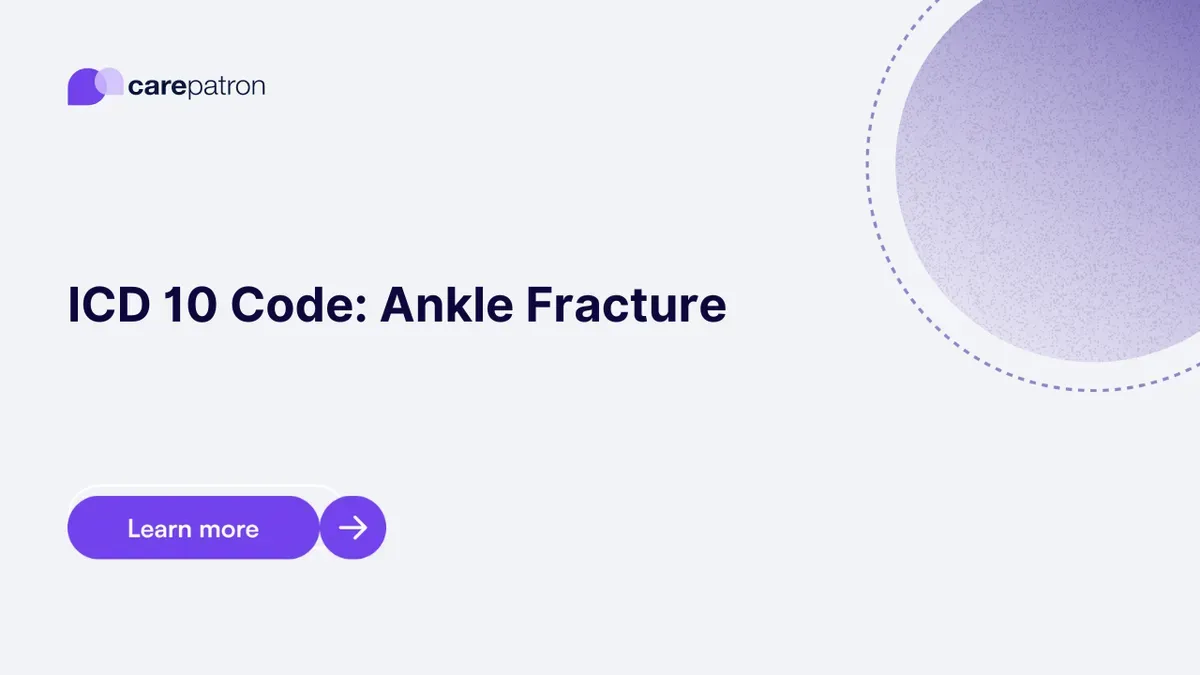
Ankle Fracture ICD-10-CM Codes
Navigate through the guide on Ankle Fracture ICD-10-CM codes. Learn about the specific codes, clinical descriptions, and billing implications.
Use Code
Commonly asked questions
The most common causes of ankle fractures include falls, sports injuries, and motor vehicle accidents. Uneven surfaces and high-impact activities can also contribute.
The severity of an ankle fracture is determined through imaging tests like X-rays or CT scans, which help classify the fracture as non-displaced, displaced, bimalleolar, or trimalleolar.
Untreated ankle fractures can lead to chronic pain, arthritis, and deformities in the ankle joint, affecting mobility and quality of life. Early intervention is crucial for proper healing.
EHR and practice management software
Get started for free
*No credit card required
Free
$0/usd
Unlimited clients
Telehealth
1GB of storage
Client portal text
Automated billing and online payments
